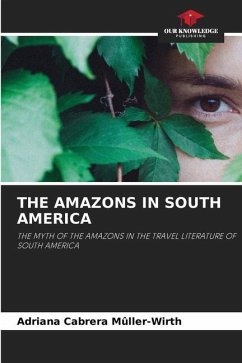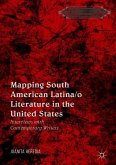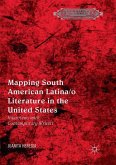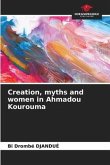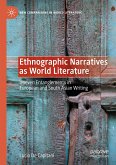The Amazons, these warrior women, whose myth belongs to the Western collective imagination, that history places near the Caucasus, resurfaced during the conquest of the New World in South America. The myth proved to be from the first expeditions in the fifteenth century a bait to promote the explorations. It materialized in the sixteenth century, in the story of fray Gaspar de Carvajal and the "bloody encounter" of Orellana during his descent of the Maragnon River. At the same time, the myth is reinforced, supported, embellished and consolidated in Europe by the obstinacy and zeal of chroniclers and geographers. Classical maps and charts appear with these women in the middle of half-human and monstrous beings. In the eighteenth century, the image of women warriors, rebels who subjugate and fascinate, with its load of fears and erotic fantasies, offers the possibility of examining the role assigned to women in European society. Thus, the myth of the Amazons emerges as a transposition of the European imaginary, a reflection of the relationship between the imaginary, the apprehension of an unknown space and the interpretation of this space to better appropriate it.
Bitte wählen Sie Ihr Anliegen aus.
Rechnungen
Retourenschein anfordern
Bestellstatus
Storno

